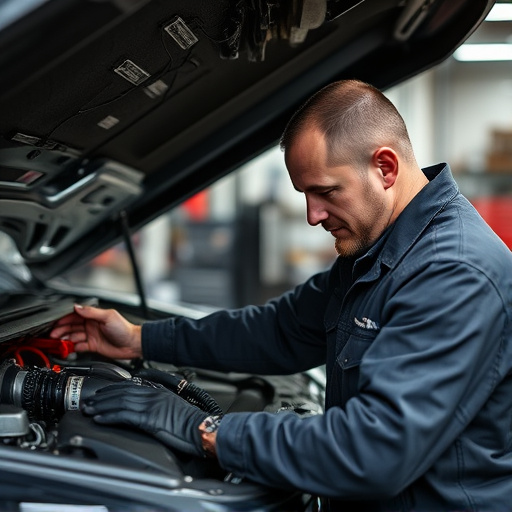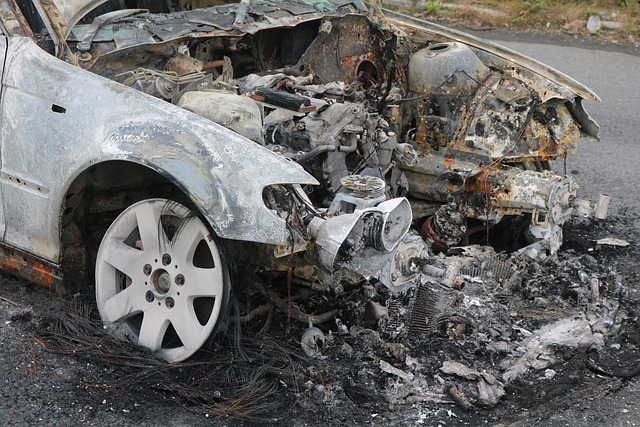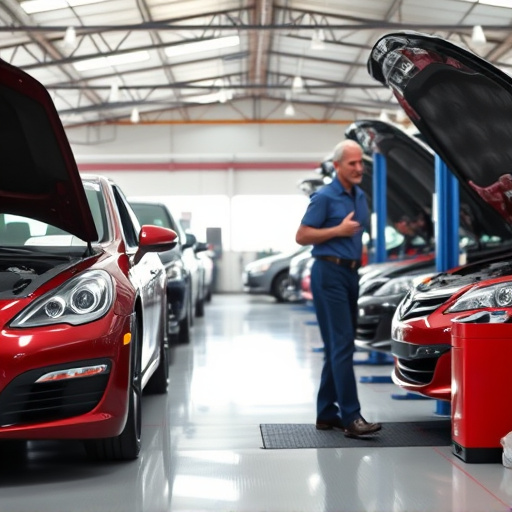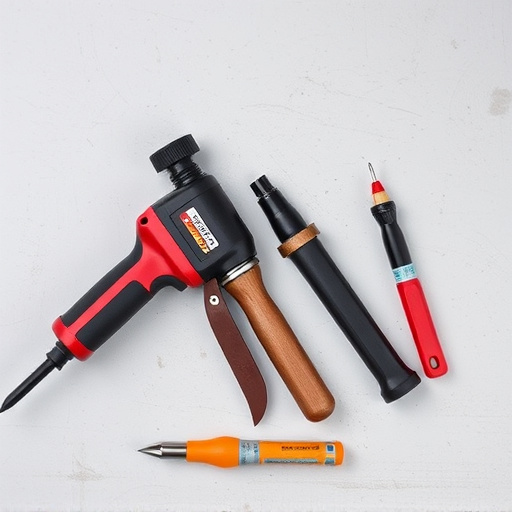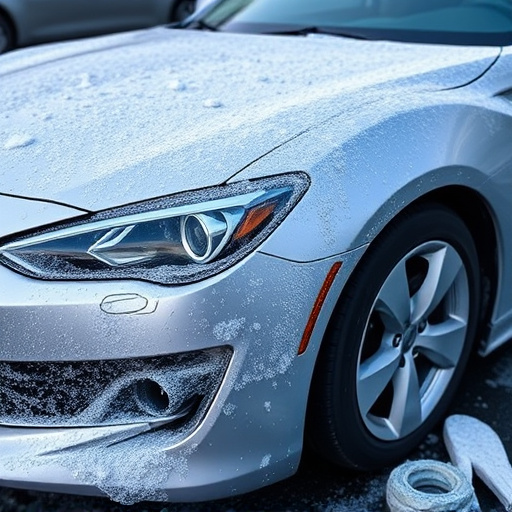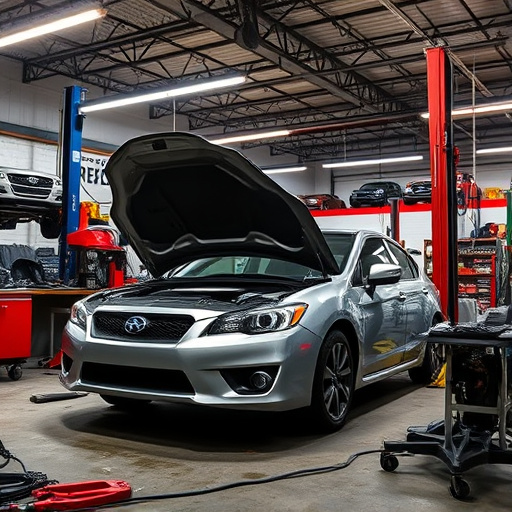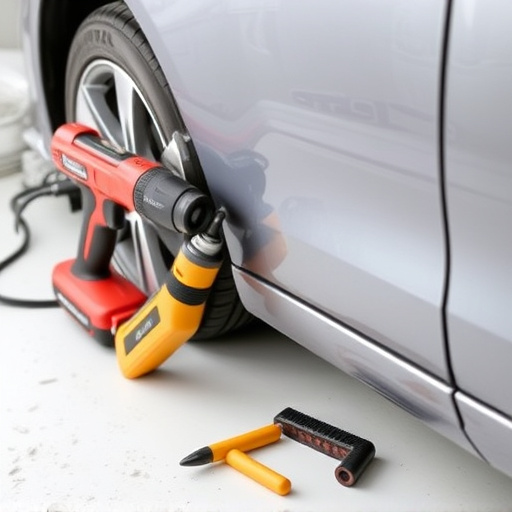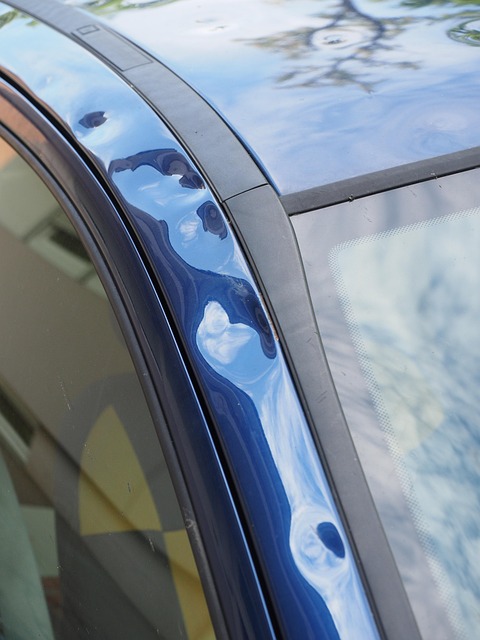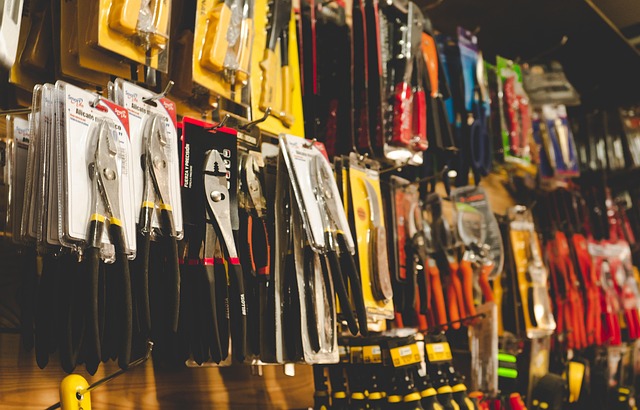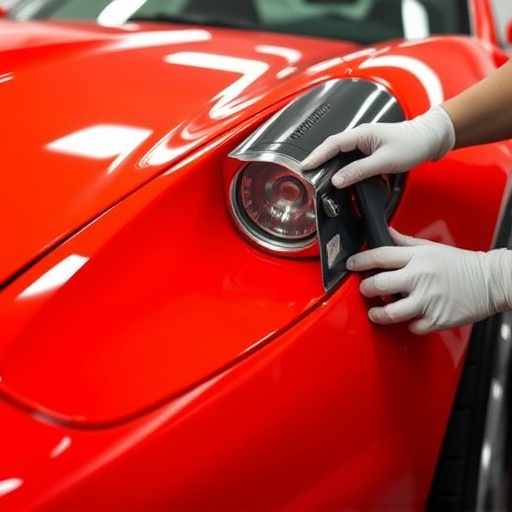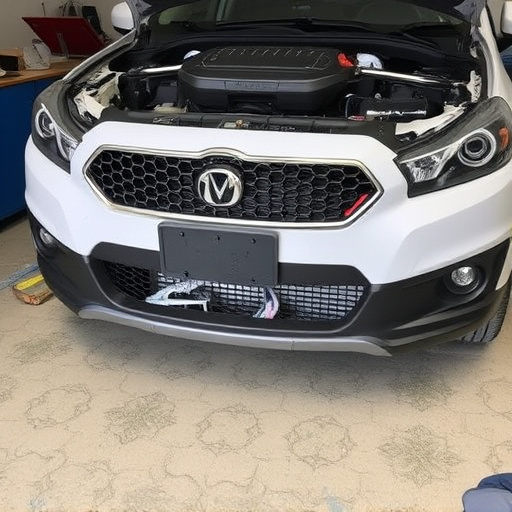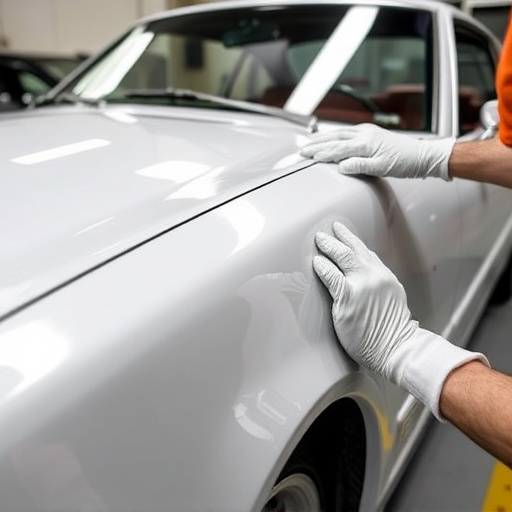Hybrid vehicle collision repair demands specialized knowledge and equipment due to the unique integration of electric and conventional components. Technicians perform meticulous inspections, precise disassembly, and careful reassembly while adhering to strict safety protocols. Proper disposal and recycling ensure ecological sustainability. Using hybrid-specific tools and understanding advanced systems, shops provide top-quality repairs prioritizing safety, efficiency, and environmental responsibility for these complex vehicles.
“New to the world of auto repair? This comprehensive guide is your starting point for mastering hybrid vehicle collision repair. From understanding the unique challenges posed by these advanced vehicles to mastering a step-by-step fixing process, this article equips beginners with essential knowledge.
We’ll explore common issues and must-have tools, ensuring you’re prepared to tackle hybrid crash repairs with confidence. Get ready to navigate the intricate world of hybrid vehicle collision repair like a pro.”
- Understanding Hybrid Vehicle Collision Repair Essentials
- The Step-by-Step Process of Fixing a Hybrid Vehicle Crash
- Common Challenges and Tools Needed for Efficient Repairs
Understanding Hybrid Vehicle Collision Repair Essentials

When it comes to hybrid vehicle collision repair, understanding the unique essentials is paramount. Unlike conventional cars, hybrid vehicles incorporate advanced technology, such as electric motors and batteries, which require specialized knowledge and equipment for safe disassembly and reassembly. A competent car body shop specializing in hybrid vehicle collision repair must be equipped with trained technicians who can navigate these intricate systems while adhering to strict safety protocols.
The process involves meticulous attention to detail, from inspecting the vehicle body repair damage to replacing components like the battery pack or high-voltage cables. Proper disposal and recycling of hybrid vehicle parts are also crucial aspects, ensuring environmental sustainability in addition to effective collision repair. By focusing on these essentials, car body repair shops can offer quality services tailored for hybrid vehicles, promoting safety, efficiency, and ecological responsibility.
The Step-by-Step Process of Fixing a Hybrid Vehicle Crash

Hybrid vehicle collision repair is a specialized field that requires both technical expertise and a deep understanding of unique hybrid systems. The process begins with a thorough inspection to assess the damage, identifying components like high-voltage batteries, fuel cells, and advanced electronics that differ from conventional vehicles. This initial step is crucial for ensuring safety and effective repairs.
Next, trained technicians carefully disassemble the damaged area, separating and examining each component. For instance, in a car dent repair scenario, they might need to remove panels and trim to access and fix dents or crumple zones. Once the damage is addressed, the process reverses—carefully reassembling the vehicle while ensuring all electrical systems are safely connected and functioning correctly. This meticulous approach guarantees not just a visually appealing fender repair but also the overall safety and efficiency of the hybrid vehicle.
Common Challenges and Tools Needed for Efficient Repairs
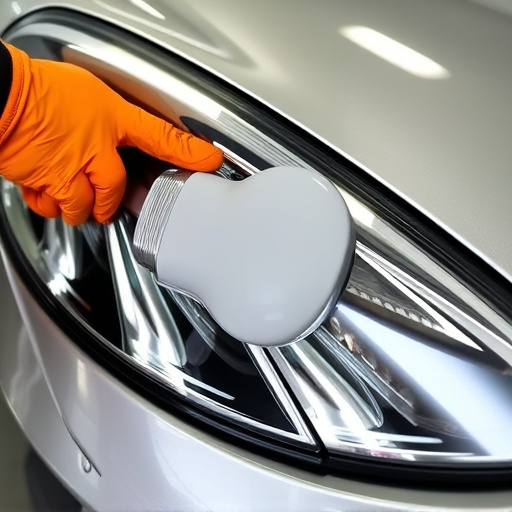
Hybrid vehicle collision repair presents unique challenges due to the intricate interplay between electric and conventional components. Technicians must be adept at identifying and separating these systems, as damage can range from minor cosmetic issues to complex electrical failures. Common hurdles include corroded or damaged wiring harnesses, compromised battery packs, and misaligned body panels affecting both vehicle aesthetics and safety.
To efficiently tackle hybrid vehicle collision repair, a comprehensive set of tools is essential. Basic automotive repair services equipment like jack stands, impact wrenches, and welding tools are crucial. Specialized hybrid-specific tools, such as diagnostic scanners to interface with the vehicle’s computer systems, battery removal kits, and specialized torches for electric component handling, are also required. Proficiency in using these tools, coupled with a deep understanding of car bodywork services principles, ensures thorough repairs that restore both functionality and safety in hybrid vehicles.
For those new to hybrid vehicle collision repair, this guide offers a comprehensive introduction to the process, tools, and challenges. By understanding the essentials and following the step-by-step approach outlined here, beginners can gain confidence in handling these specialized repairs. With the right knowledge and equipment, you’ll be equipped to navigate common issues and provide efficient solutions for hybrid vehicle crash damage. Remember, mastering this skill set not only benefits your career but also contributes to the sustainable automotive industry by ensuring safer and more eco-friendly repairs.
